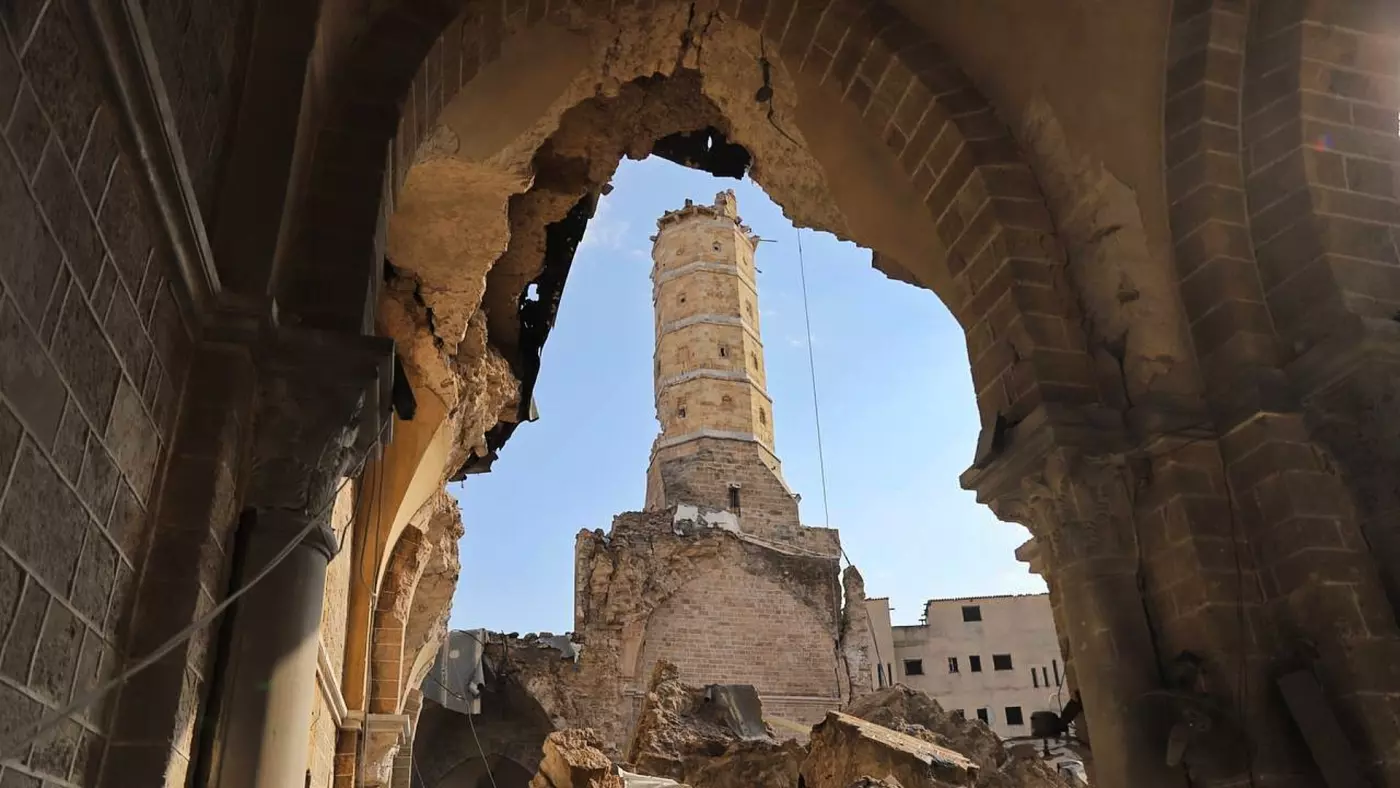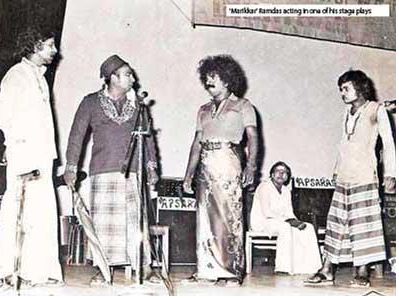Famous Victorian-era artist Frederic Leighton built ‘Arab Hall’ to introduce Islamic art to British society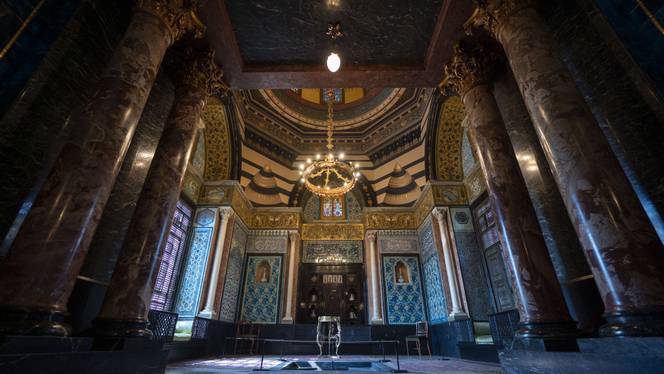
An interior design of Leighton House in London / Photos: Rasid Necati Aslim – Anadolu Agency
London’s Leighton House is considered one of the country’s most important artist homes, but what sets it apart from the others is the integration of Eastern and Western art under one roof.
At first glance, it looks like an ordinary Victorian mansion, but visitors are transported worlds away the moment they step inside.
The famous British painter Frederic Leighton lived in the red-bricked building in the 19th century and it reflected his appreciation for Islamic art.
Leighton was captivated by the beauty and mystery of the Islamic world, and he spent years traveling across the Middle East and North Africa, studying the architecture, art, and culture of the region in the 1800s.
When he returned to London, he set about creating a masterpiece that would capture the essence of what he had seen.
The result was the Arab Hall inside the house, a magnificent space that was unlike anything else in London at the time.
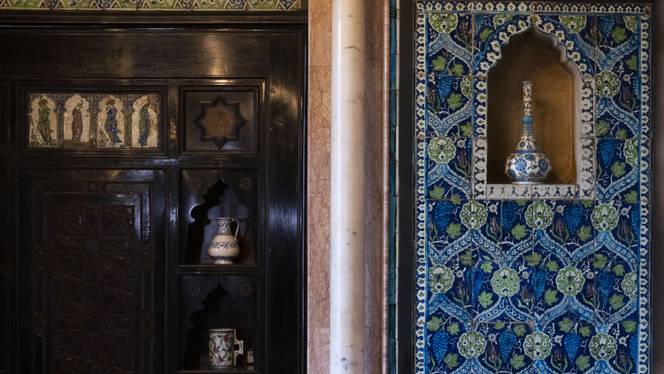
Leighton House consists of mosaics and tiles formed by Islamic motiffs and designs.
Stunning Islamic architecture
Leighton filled a portion of his abode, known as Arab Hall, with treasures from his travels, including beautifully adorned Iznik ceramic tiles and priceless works of art.
He even commissioned a fountain to be built, adding to the hall’s sense of grandiosity and opulence.
The Arab Hall still stands as a stunning example of Islamic architecture in England, complete with intricate mosaics, vibrant tiles, and a soaring dome that evokes the grandeur of ancient mosques.
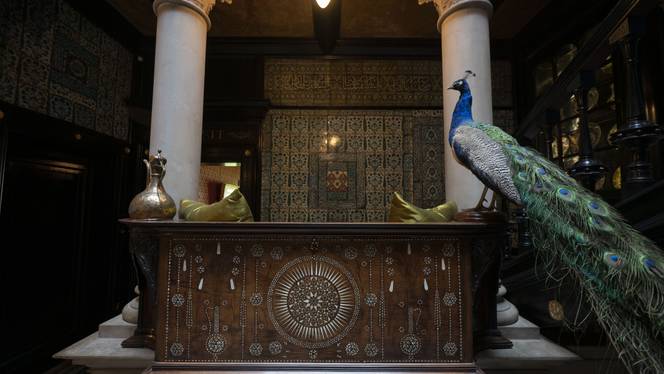
In its design Leighton benefited from various sources of arts and architecture, from Alhambra to Iznik, Türkiye.
Daniel Robbins, senior curator at Leighton House Museum, told Anadolu that at the time the house was built, there was nothing like it to be seen in a home setting in the country.
“This house was built as his studio house and he started it in the 1860s. He lived here for 30 years, and almost throughout the 30 years, he was adding to the house or embellishing it in some way,” he said.
The most spectacular example of this was the construction of the Arab Hall in the 1870s, he said.
“So about 10 years after he had first built the house, he added this extension, and it was really to celebrate his appreciation of the art of the Islamic world that he had seen.”
Inspired by Ottoman tilework
In 1867, Leighton visited the Ottoman Empire, traveling to what is today Türkiye and visiting the Black Sea region, along with the capital Istanbul and the city of Bursa roughly 90 kilometers south (about 56 miles).
“On these trips, he began to collect and he began to visit places of architectural and historic interest, and that all fed into his idea that perhaps he could add something here at the house as a way of displaying the material that he collected as he travelled,” said Robbins.
In designing the Arab Hall, Leighton drew inspiration from a variety of sources, including the Alhambra Palace in Granada, Spain, the Moorish architecture of North Africa, and the famous ceramics of Iznik, a lake town northeast of Bursa.
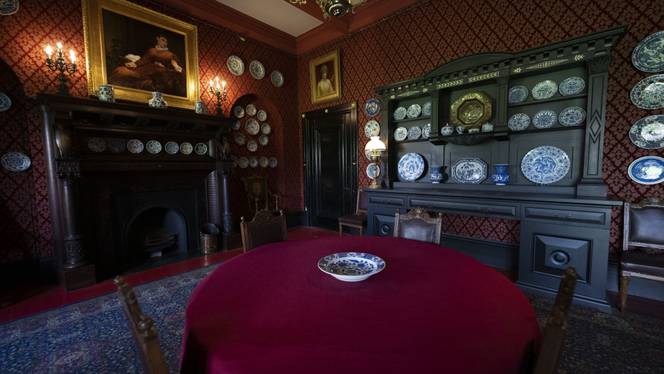
Leighton was influenced by Ottoman tileworks which he carried to his house, during his trip to Istanbul and Bursa.
He was particularly impressed by the magnificent examples of Ottoman tilework he saw during his trips to Istanbul and Bursa.
According to Robbins, the interior of a 12th-century Arab-Norman palace called La Zisa in Palermo, Sicily was also very influential when Leighton came to design the hall.
“So, it wasn’t a sort of single source that was copied. It was the combined influence of a number of places,” he said.
In his own letters and writings, Leighton often referred to his fascination with Islamic art and architecture and his desire to incorporate these influences into his own work.
It is also believed that Leighton was inspired by the Rustem Pasha Mosque and Topkapi Palace in Istanbul when designing the Arab Hall.
The hall’s crowning glory is its stunning domed ceiling, decorated with a mosaic of stars and crescents.
The exterior of the dome has a metal spire topped by a crescent, a style typically found on the domes of mosques and shrines in Egypt, Syria, and Türkiye.
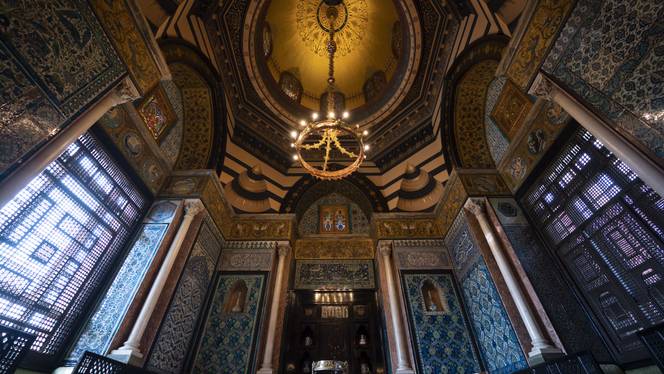
The design of the dome of the Leighton House reflects the influence of the domes of mosques in Egypt, Syria, and Türkiye.
‘Jewel box’ for Europe
“This place is so special for Europe because it’s a jewel box out of the eastern part of the world, and it’s in such mint condition. I really love it,” Edmond Staal, one of the visitors at the house, told Anadolu.
What he liked most about it was its combination of European, Southern European, and Eastern cultures.
“And on such a high level, it’s incredible. It’s like a museum. You’re walking over the beautiful Iznik tiles and past beautiful columns,” he said.
“And, he combined the different cultures and values of culture in one house. So that’s really important. You have to investigate the meanings and values of other cultures. And that’s what he did. And he showed us that culture is very important to mankind,” added Staal.

It combines both the art and culture of East and West in one house, being important source for Victoian-era artworks and paintings.
Another visitor, Elizabeth Stone, said she came all the way from Oxford to enjoy the house and its contents.
“Just came up to visit this because I’ve loved travelling in the Middle Eastern world and it gave me that lovely feeling (I had) back in the Middle East,” she said.
In addition to many works brought from Syria, Egypt, and Iran, items that reflect the Victorian era, along with paintings and the personal belongings of the artist himself adorn the house.
Leighton undoubtedly saw the Arab Hall as an opportunity to introduce Islamic art to British society.
Today, its exhibits rouse a sense of wonder in visitors, making it apparent that his project was a success.
The Arab Hall is a testament to the enduring power of art and architecture to inspire and captivate, even through the centuries.
And now, thanks to the careful work of preservationists and restorers, it can continue to do so for generations to come.
source : https://www.trtworld.com/arts-and-culture/dome-topped-leighton-house-embodies-british-painters-love-for-islamic-art-12951065
Post Disclaimer | Support Us
Support Us
The sailanmuslim.com web site entirely supported by individual donors and well wishers. If you regularly visit this site and wish to show your appreciation, or if you wish to see further development of sailanmuslim.com, please donate us
IMPORTANT : All content hosted on sailanmuslim.com is solely for non-commercial purposes and with the permission of original copyright holders. Any other use of the hosted content, such as for financial gain, requires express approval from the copyright owners.
 Sri lanka Muslims Web Portal Sri Lanka Muslims News Center
Sri lanka Muslims Web Portal Sri Lanka Muslims News Center
 Donate
Donate